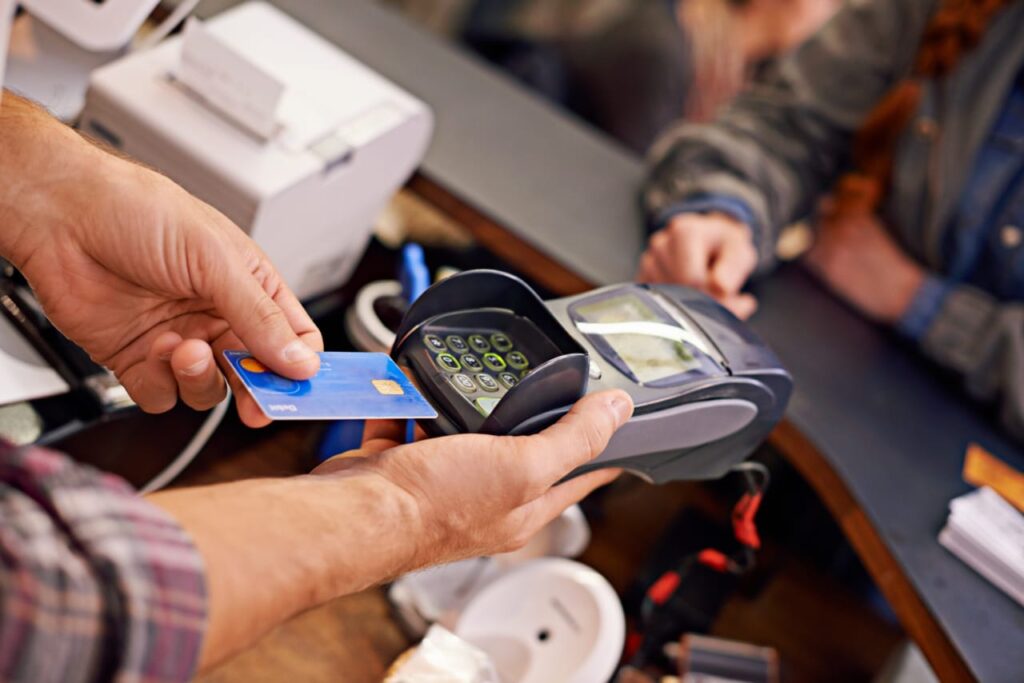RFID (Radio Frequency Identification) technology has made credit card transactions quicker and more convenient by allowing for contactless payments. However, it has also introduced a new layer of vulnerability, as these cards can sometimes be read remotely without your consent. While the likelihood of falling victim to RFID-based credit card theft is relatively low, there are effective steps you can stay protected and keep your RFID credit cards safe.
1. Understand How RFID Theft Works
RFID-enabled credit cards contain a small chip that emits a radio signal to interact with nearby payment terminals. This signal transmits your card’s information, such as your card number, to complete a transaction without the need for physical contact. Unfortunately, this feature can also be exploited by high-tech thieves using devices called RFID scanners or readers, which can “skim” data by simply being near your card. While the range is usually limited, a thief in a crowded space could theoretically intercept your card information.
2. Use RFID-Blocking Sleeves or Wallets
One of the easiest and most effective ways to secure your RFID credit cards is to invest in an RFID-blocking sleeve or wallet. These specially designed products contain materials that interfere with RFID signals, effectively blocking any attempts to read the chip embedded in your card. Here’s what you need to know:
- RFID Sleeves: These slim, single-card protectors are typically made of aluminum or a similar conductive material that creates a barrier against RFID readers. They are easy to slip into your existing wallet or purse.
- RFID-Blocking Wallets: For a more comprehensive solution, RFID-blocking wallets are designed with materials like carbon fiber or metal layers that safeguard all of your cards. Many wallet brands now offer styles with RFID protection, so you don’t have to sacrifice aesthetics for security.
3. Limit Carrying Multiple RFID Cards
The more RFID-enabled cards you carry, the greater your risk of being skimmed. For example, some debit, credit, and even certain identification cards (like passports) are RFID-enabled. To reduce your vulnerability, carry only the cards you need on a daily basis, leaving others in a secure location at home. This also minimizes damage in the event of a lost or stolen wallet.
4. Be Aware of Your Surroundings
High-traffic areas like airports, public transport, and crowded city spaces can be hotspots for RFID skimming. While most skimmers need to be within inches of your card, remaining vigilant can reduce the likelihood of someone getting close enough to read your card information. Simple actions, such as holding your bag close or being mindful of anyone who seems to linger near your wallet, can help prevent a potential breach.
5. Disable RFID Functionality (Where Possible)
Not all credit cards allow you to disable RFID functionality, but some banks offer options to deactivate the contactless feature. You may also request a non-RFID card. Though this might mean you can’t make contactless payments, it will eliminate the RFID risk factor altogether.
6. Monitor Your Statements Regularly
Regularly checking your bank and credit card statements for unusual activity is crucial for any type of card security, including RFID. If you spot transactions you didn’t authorize, notify your bank immediately. Many financial institutions offer real-time transaction alerts, allowing you to track activity as it happens, which can help you catch and report suspicious charges early.
7. Use Digital Wallets on Your Mobile Device
If you have a smartphone with contactless payment capabilities, consider using a digital wallet app like Apple Pay or Google Wallet instead of your physical card. Digital wallets add an extra layer of encryption and typically require biometric verification (such as a fingerprint or face scan), making it much harder for thieves to access your data.
8. Consider an RFID-Blocking Phone Case
Many people carry RFID-enabled cards alongside their smartphones, making them equally vulnerable. RFID-blocking phone cases are designed to hold both your phone and cards safely. These cases not only protect against skimming but also help keep your items organized and accessible in one secure location.
9. Stay Informed About Advances in RFID Technology
Security measures are continuously evolving as technology advances. Banks and card companies are always working on improved encryption and security standards to protect customers from unauthorized RFID access. Keep an eye out for new announcements, such as more secure card types or updated payment features, and consider upgrading when better protection is available.
While RFID credit card theft is not as widespread as other forms of credit card fraud, taking these precautionary steps can help you avoid potential risks. Using RFID-blocking products, being aware of your surroundings, and monitoring your accounts closely are all practical strategies to keep your RFID credit cards safe. Remember, a few simple measures can go a long way in protecting your financial security.







